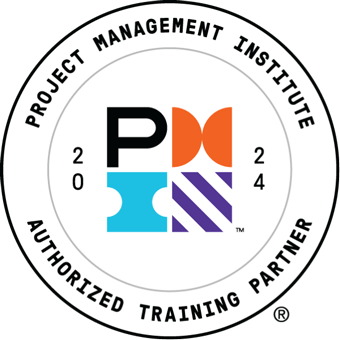Features
Premium video tutorials
Award-winning instructors
Personalized learning
Get certified
Learn at your own pace
Mobile (learn on-the-go)
Unlimited tests and quizzes
Regularly updated content
Overview
Please note: This course reflects content from an older version of the Project Management Institute PMBOK® Guide. You are welcome to complete this course, but we encourage you to consider our latest Project Management courses.
Do you manage projects, or want to enter a new project management role? This online course is ideally suited for anyone looking to better manage their projects for work, including office administrators, junior project managers or team members, business owners or those looking to start out in project management.
In 25 engaging lessons you will learn how to effectively manage projects from start to finish through a range of topics including project initiation and closeout, scope, schedule and resource planning, project execution and control plus more.
This project management training for teams online course has all of the modules in the Project Management Basics course, plus an additional 10 modules focused on team members (so you don't need to take the Basics course separately.)
Highlights:
- Learn to manage your projects more effectively.
- Get a better understanding of project management principles.
- Based on The Project Management Institute, A Guide to the Project Management Body of Knowledge (PMBOK® Guide) - Sixth Edition, Project Management Institute, Inc., 2017.
- Use this as a stepping stone to embark on a project management career.
- Earn 12.5 PDUs or contact hours toward your Project Management education for certification with PMI. (Course must be completed and submitted for PDUs by March 31, 2022)
For support inquiries or feedback, please contact us.
*This course was formerly titled Project Management for Administrators.

- 720p
- 540p
- 360p
- 0.50x
- 0.75x
- 1.00x
- 1.25x
- 1.50x
- 1.75x
- 2.00x
Summary
Instructor
This course has been retired
See other courses


